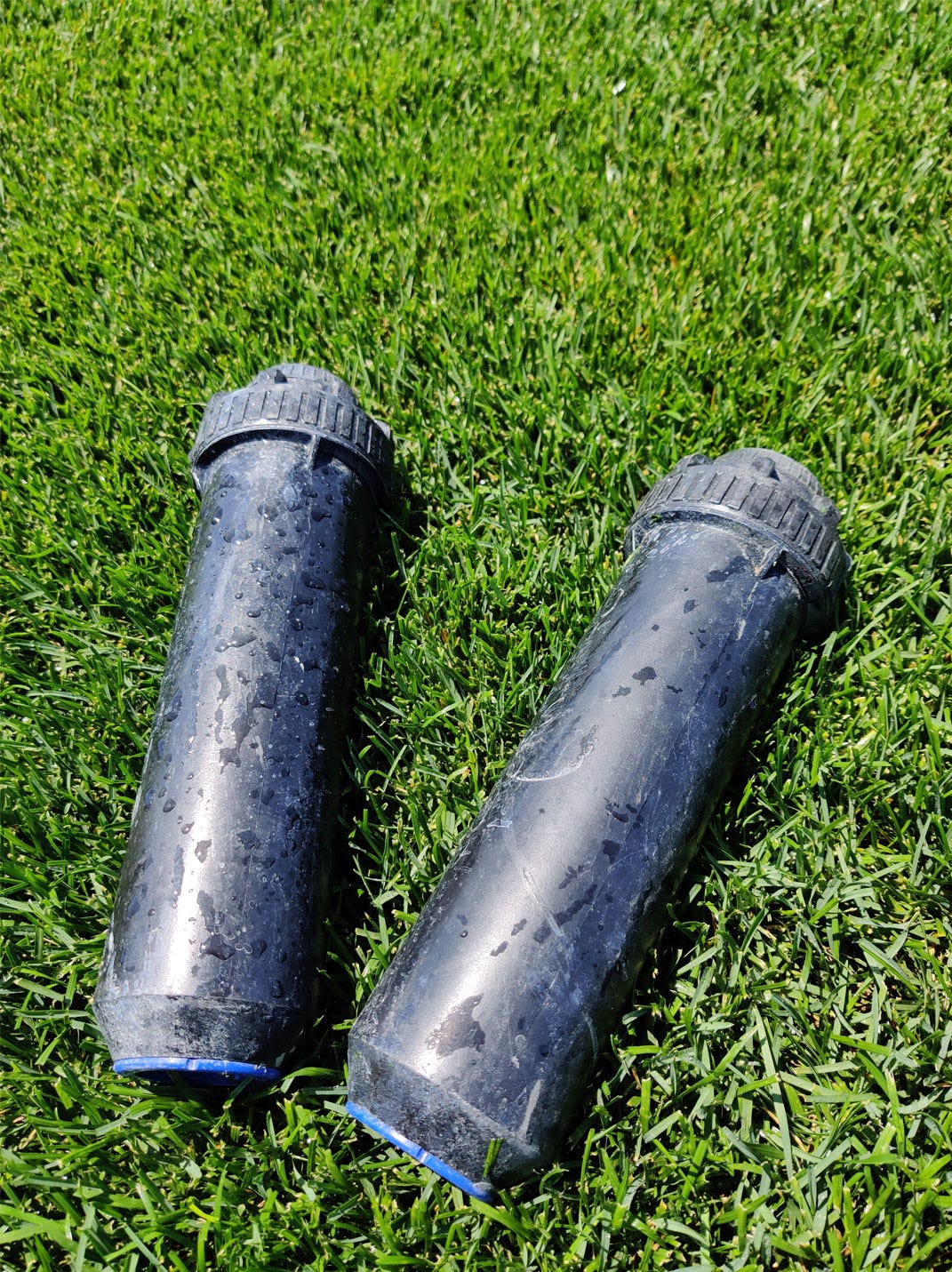Summer Turf Tip: Irrigation Audit
Summer is not all fun and games, especially if you’re dealing with a failed or inefficient irrigation system.
Tweet

Whether you’re motivated by your green conscious or the money saving benefits, conserving water is a common goal among facility managers, groundskeepers and maintenance teams alike. Performing an irrigation system audit will aid in identifying the steps one must take in order to have their system running as efficiently as possible.

Here are some steps and specifics to keep in mind when performing an irrigation audit:
- To begin, walk the area you wish to test and ensure the system is working properly above the surface. Note and correct any issues with broken irrigation heads and spacing.
- Once you’ve addressed all concerns with the equipment, you’re ready to set up your audit. Lay out catch containers across the irrigated surface in a grid. Be sure the containers are spaced out equally and are a consistent shape and size. In addition, ensure catch containers are a safe distance from irrigation heads. By placing catch containers throughout the entire irrigation area, you’ll ensure that water coverage is equal throughout the designated area.
- Collect the following information during your audit: blueprints or maps with irrigation heads and catch container locations, irrigation time in minutes, wind speed, date, time, weather, field rootzone data and soil types.
- Next, analyze this information to determine and calculate precipitation rate and distribution uniformity in order to conserve wasted water or enhance your irrigation schedule to run more efficiently.
- Pay special attention to these common issues when conducting and analyzing your audit results: head height and alignment, radius misalignments, arc misalignments, clogged or damaged irrigation heads, water pressure issues and malfunctioning valves.
When turf quality and even coverage matters to you, be sure you’re performing routine irrigation audits to stay ahead of your system and improve irrigation efficiency. For more information on how to properly detect issues with your irrigation system or conducting audits explore the links below to access worksheets and formulas that can be of aid.
